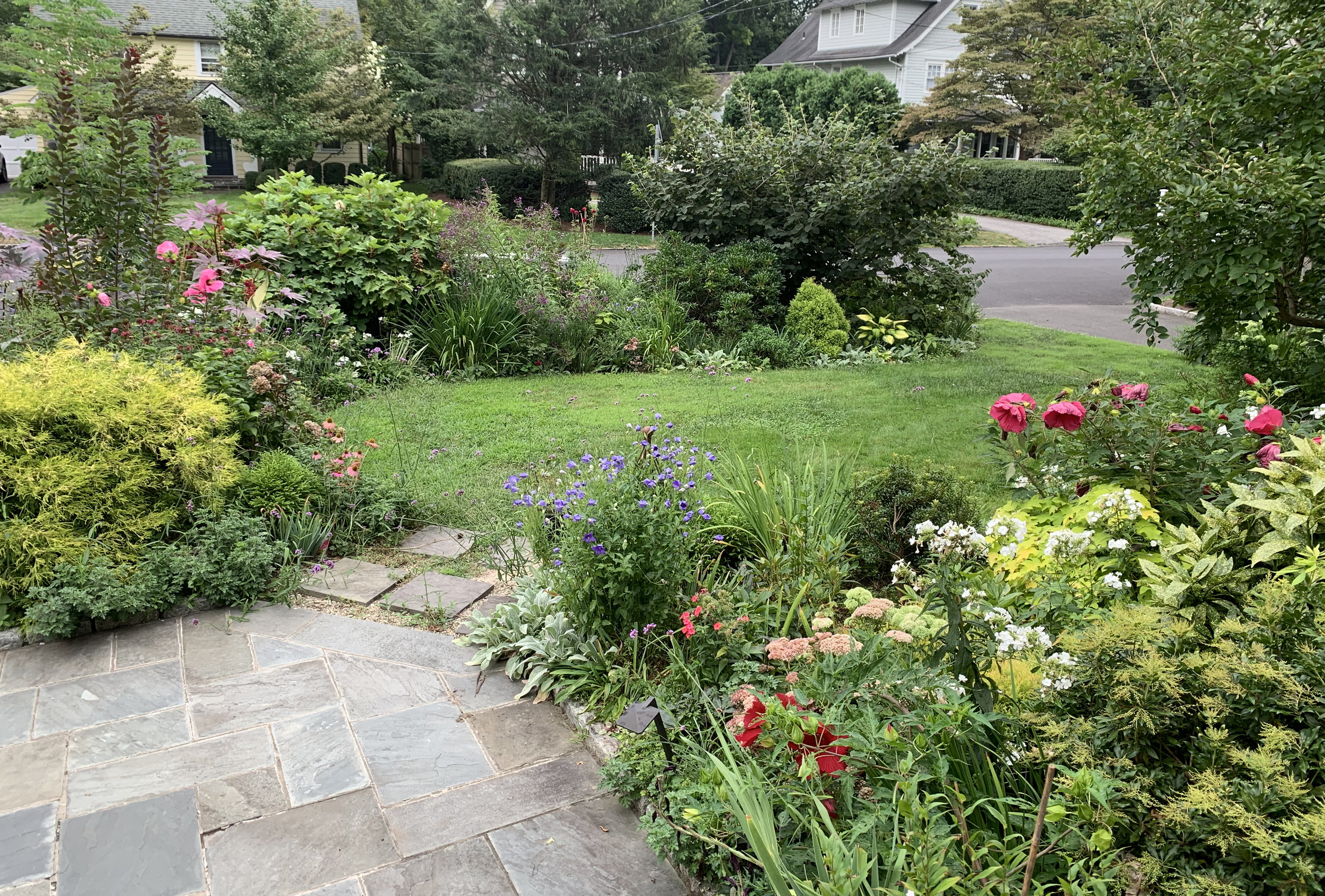I made changes to this page to reflect what I said at the Tree Hearing. I italicized everything that is new or changed. I talked for a while, so this page is pretty long (sorry.)
The Binney Park Master Plan (BPMP) proposes planting new trees in the southern part of the park. We love trees and Binney Park could use more. The problem is that neither BPMP nor its current implementation plan recognize that the existing trees’ flowers, shade, habitat, and mass provide a lot of value to our community.
The plan is to rip out twenty of our existing trees. BPMP would replace some of these trees with young, short, skinny trees that won’t mature for many years, and it would leave two areas (Area A and Area C, described below) without any trees at all.
Our alternative is to plant 28 of BPMP’s proposed trees this spring and plant the remaining trees (BPMP calls for seven more) when the existing trees die. The goal is to implement and complete BPMP proposed tree planting while keeping our valuable mature trees as long as we can.
The goal of beautiful, large, shady trees will be achieved in roughly the same time frame. We can plant most of BPMP’s proposed trees WITHOUT REMOVING A SINGLE TREE.
I am not a huge fan of crabapples, and I wasn’t planning on objecting until I heard how many were being cut down. I went to the park, and I saw that this is a portion of the trees in that section, and a lot of them looked pretty good to me.
We need reasons to remove trees: a tree is an investment of money and time and that it pays off aesthetically and environmentally every day. You don’t throw away an asset because something new comes along, and you think long and hard about divesting if there is a huge exit fee. In this case, the exit fee is 100%.
The argument to cut down the trees is:
the trees have no little value
they are standing in the way of a new plan,
and that this plan is better.
I argue that these trees are valuable, they are not standing in the way of new plan, and that this new plan not necessarily better: it has problems that no one is talking about.
Crabapples do have issues: their growth inconsistent and they lose their leaves very early. You can see this all over town.
But this is the nature of crabapples. Are we going to cut down every crabapple in town? If they are so awful, why is the town continuing to plant them? They want to cut down 16 crabapples, about as many as were just planted in the OG train station parking lot. The park’s growing conditions aren’t perfect, but the biggest one is over 25’ tall and hardly on deaths door. They shouldn’t all be ripped out because some are underperforming.
The conditions may get worse in the near term, but the argument that “they’re going to die so we may as well kill them now” is drastic and shortsighted
These are the only flowering trees in this section of the park (except for a condemned dogwood). They are not perfect: their growth inconsistent and they lose their leaves very early, but to quote Bruce Spaman, “(These trees) look great in Spring.” (Greenwich Free Press, February 13, 2019)








